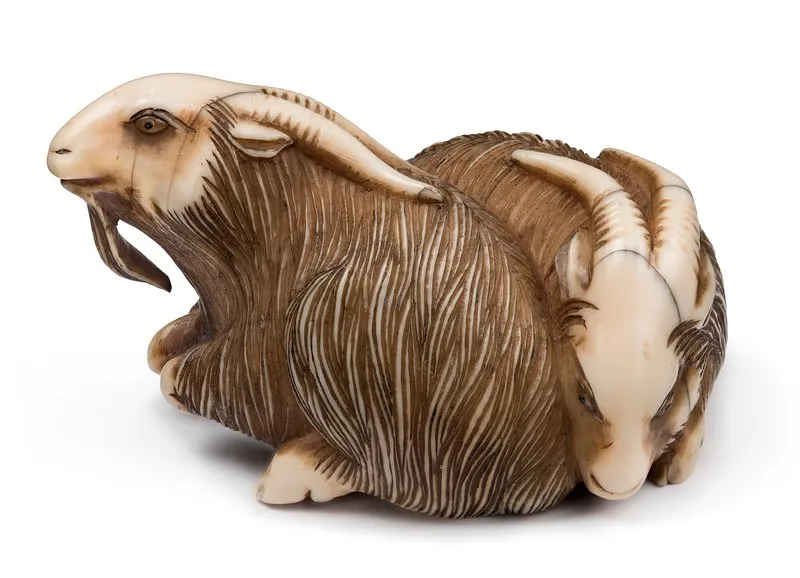While studying about plagues I learned that there is something called goat plague, I kept on ruminating over it, even if I am a bigger fan of having dogs and cats as pets compared to goats, it doesn't rule out the fact that there are people who love to keep goats as pets.

rawpixel.com
Apart from having goats as pets, they also are of great economic importance to the society at large. Another name for goat plaque is Peste Des petits ruminants (PPR), it is a highly contagious and acute viral disease.
From a clinical view, it has the appearance of rinderpest (RP) in cattle, and it is characterized by high fever, conjunctivitis, erosive stomatitis, oculo-nasal discharges, bronchopneumonia, and diarrhea. After all these displays, it is either the animal dies or recovers.
Sheep and goats are very important to food security, fending for millions of people around the globe, but it is more common among people in the Middle East, South Asia, and Africa. The disease is also a threat to the production of small ruminant production and welfare.

rawpixel.com
Even if there are available vaccines for this disease, the sheep and goats with PRRV are usually also
infected with retrovirus. The existence of this combined infection status overwhelms the immune system and interrupts vaccine protection.
PPR creates a yearly economic loss of about 2.1 billion USD, aside from this huge economic loss, lots of families also stand a chance of losing their livelihood, employment opportunities, and even food opportunities.
When there is a PPR outbreak, it is a state of emergency, because of its ability to spread fast, and the high rate of mortality. The emergence of the disease could rapidly affect the little savings of an already struggling population migrations will also be prevented in pastoral areas.
The loss of assets makes people desperate and the loss due to PPR could trigger migration, turmoil, and volatile security situations. When PPR is eradicated, there will be increased sustainability, poverty will be alleviated, and forced.
This disease is not zoonotic, so it cannot affect humans, but can affect a wide range of other domestic and non domestic species. It is spread through close contact. Mostly, excretions and secretions from sick animals are the major source of infection. New infections spring up when the virus is inhaled by contact with sheep or goats.
You can tell when an animal has become infected with the disease when it begins to show any or all of these symptoms;
An affected animal would appear restless and ill, with a dull coat, congested mucous, dull coat, and lack of appetite.
Clear nasal discharge which soon gets filled with pus and unpleasant smell. Sneezing may also be involved.
Discharge from the nose and eyes, encrust the nose and Matt's eyelids.
Rare cases affect the dental pad, palate, cheeks, and the papillae in the tongue.
Dehydration and hypothermia usually happen too, and this is often followed by death after 5-10 days.
At the later stage of the disease, bronchopneumonia and cough develops.
The disease is more common amongst goats compared to sheep, it is shown through low-grade fever, catarrh and others that have been listed before. There is no specific treatment for this disease, so it must be supportive and symptomatic.
When symptoms are reported to the veterinarian on time, it will help guide them to immediately restrict the susceptible animal and vaccination administered. Sick animals should be isolated immediately and contact animals vaccinated.
References
vetmed.umn.edu/news-goat-plague
infonet-biovision.org-ruminants-ppr-goat-and-sheep